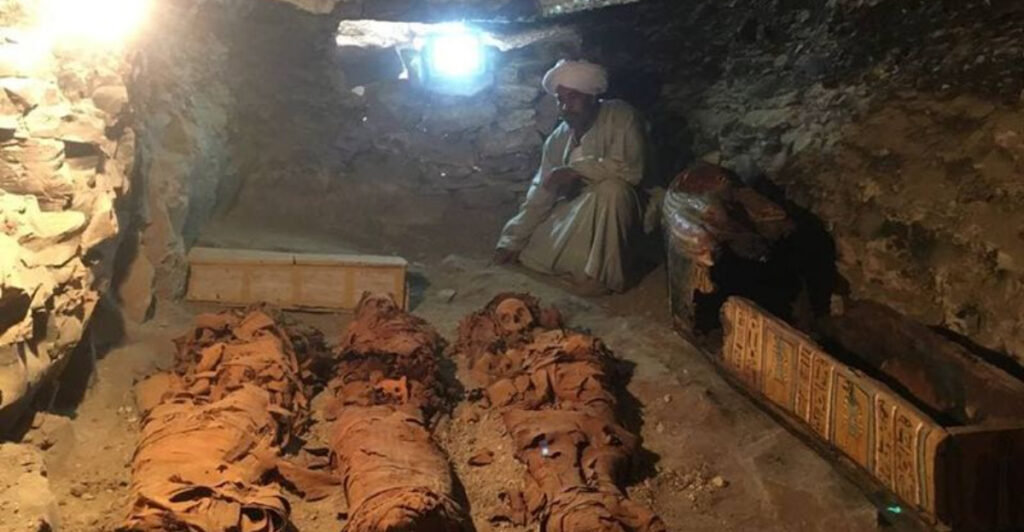The West Bank of Luxor, Egypt—already a goldmine of ancient wonders—just got even richer. Archaeologists recently unearthed three tombs buried for more than 3,500 years in the necropolis of Draʾ Abu el‑Naga, revealing dazzling remnants of Egypt’s 18th Dynasty. But this isn’t just a headline for history buffs—travelers can actually visit this site. Nestled in the arid hills just beyond the Nile, this quiet corner of Luxor is finally stepping into the spotlight. Here’s what modern explorers can discover today at this off-the-beaten-path archaeological treasure:
1. The Newly Discovered Tombs—Fresh from the Sand
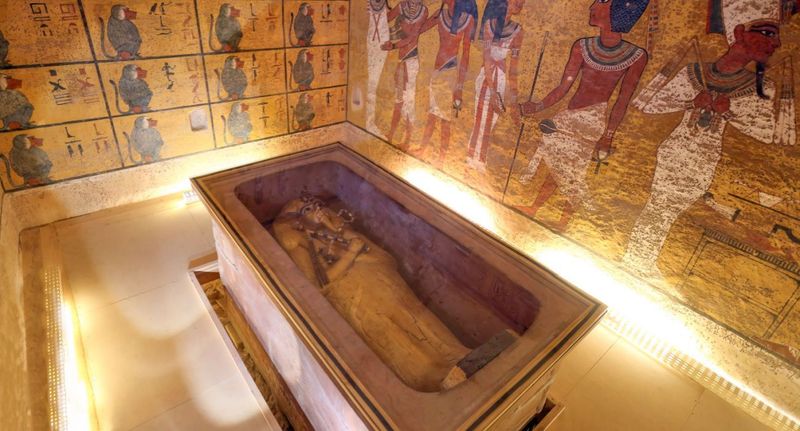
In 2023 and 2025, archaeologists uncovered three tombs belonging to high-ranking officials: Amenemhat, Baki, and an unidentified elite individual. These tombs feature colorful hieroglyphics, funerary figurines, and stunning depictions of daily life. Though they’re not yet open to the public, their discovery draws new attention to the site—sparking excitement and investment in preservation. This vivid imagery tells stories of ancient Egyptian society that intrigues scholars and history enthusiasts alike. Each hieroglyph and artifact reveals layers of history, waiting to be deciphered by eager minds. The site, though currently restricted, offers a tantalizing glimpse into the past, fueling imaginations and future explorations.
2. Tomb of Djehuty (TT11)
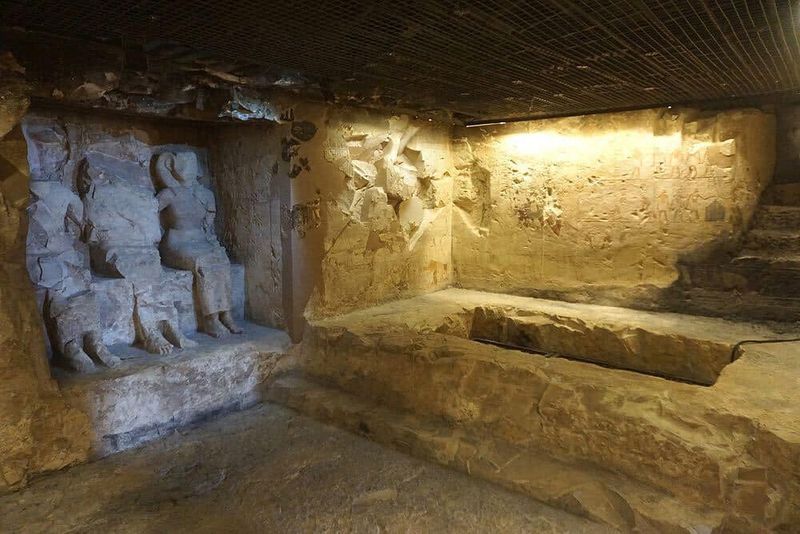
This richly decorated tomb belongs to Djehuty, an overseer under Queen Hatshepsut. Inside, you’ll see walls inscribed with scenes of astronomy, sacred rituals, and poetic hymns to the gods. Recent conservation work has opened this tomb for tourists, offering an immersive look into 18th Dynasty beliefs about life, death, and eternity. The intricate carvings and vibrant colors evoke a sense of awe and reverence, drawing visitors into a time long past. Imagine standing amidst these ancient walls, feeling the weight of history surround you. The echoes of ancient chants seem to linger in the air, captivating the soul and sparking curiosity.
3. Tomb of Hery (TT12)
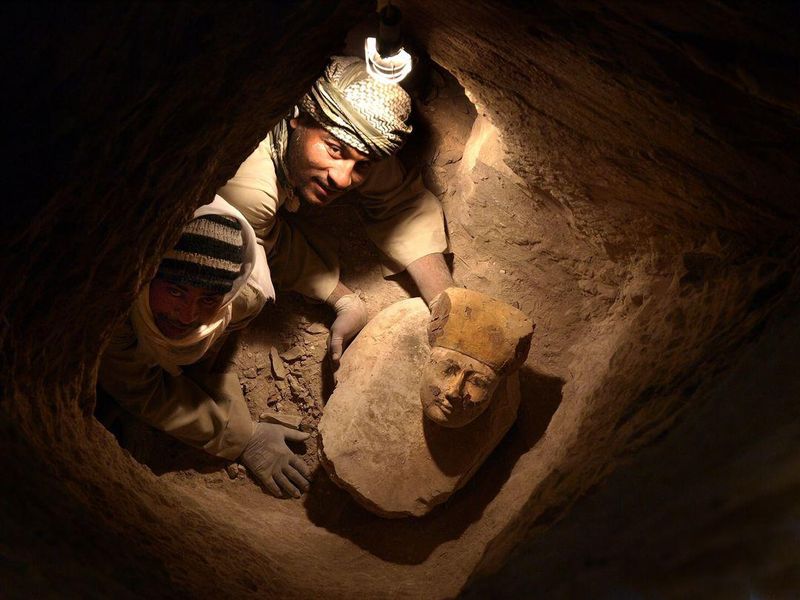
Right next door to Djehuty’s tomb lies the resting place of Hery, a steward to the royal mother. Although smaller, Hery’s tomb features intricately painted ceilings and false doors—classic markers of elite New Kingdom burial design. The proximity of TT11 and TT12 makes them perfect for visiting together. The detailed artistry offers a glimpse into the sophistication and elegance of ancient burial customs. Walking through this tomb, one can almost hear the whispers of the past echoing through its chambers. It’s a journey through time, where each brushstroke tells a story of devotion and reverence.
4. Tomb of Roy
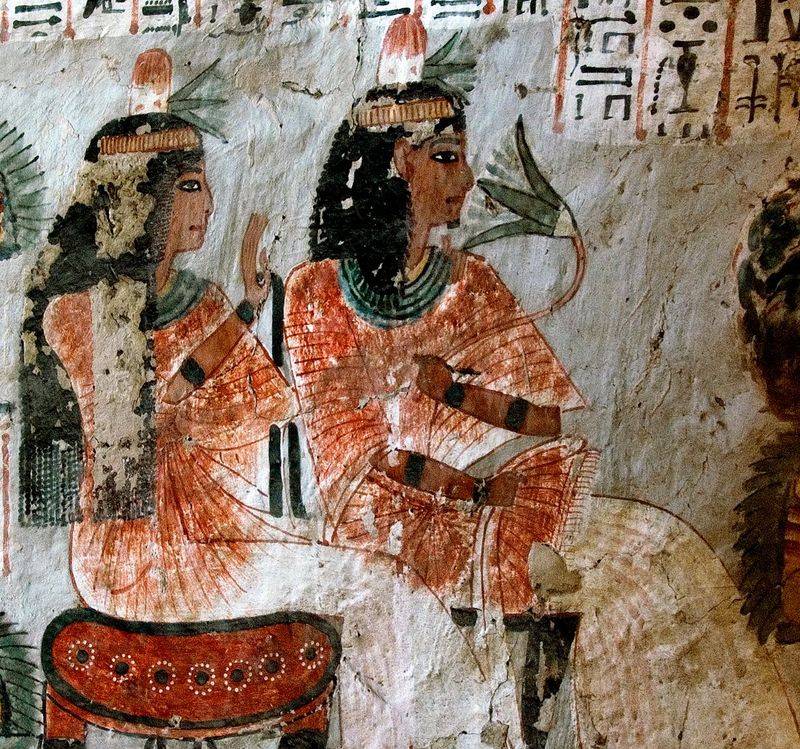
Roy wasn’t a pharaoh, but his tomb is one of the most colorful in the necropolis. Vivid scenes show him and his wife making offerings to the gods, and the art style here is notably personal. The tight space and bright paintings create an intimate, almost emotional atmosphere that differs from the grandeur of the Valley of the Kings. Each stroke of paint seems to pulse with life, capturing the essence of devotion and worship. As you wander through, the vibrant colors and personal touches transport you to a time of reverence and spirituality, engaging your senses and emotions.
5. Tomb of Shuroy
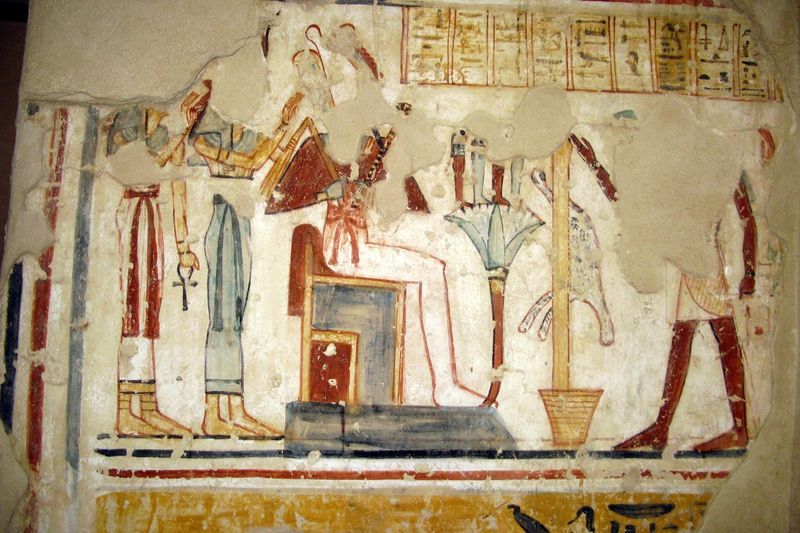
Another gem open to the public, Shuroy’s tomb features murals of the deceased seated before altars of food and flowers, emphasizing the Egyptian focus on nourishment in the afterlife. The small scale and well-preserved color make this a favorite for photographers and close-up viewing. The vibrant hues and detailed imagery invite visitors to pause and reflect on the ancient customs. Standing in this tomb, one can sense the reverence and care given to the departed, a testament to their enduring legacy. It’s a place where history breathes, offering a window into the soul of ancient Egypt.
6. Quiet, Crowd-Free Exploration
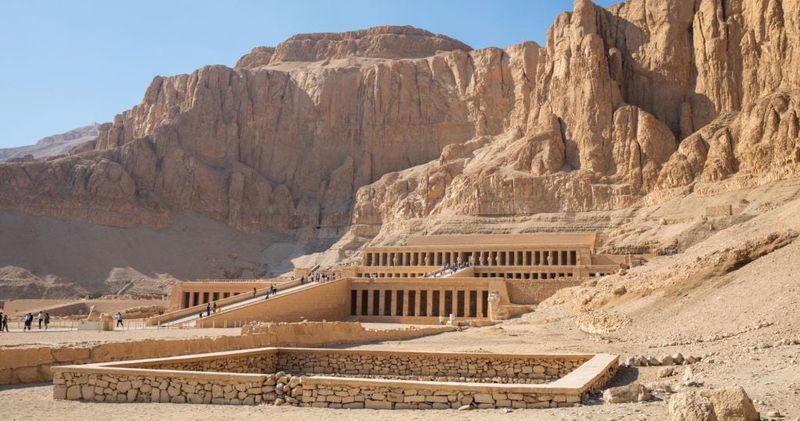
Unlike the Valley of the Kings, which can get packed with tour groups, Draʾ Abu el‑Naga offers a tranquil, uncrowded experience. You’ll likely share the site with just a handful of visitors—perfect for slow, immersive exploration and unobstructed photos. The serene landscapes and ancient tombs create a peaceful backdrop, allowing visitors to connect with history on a personal level. Walking through these quiet paths, the echoes of the past seem to whisper through the wind. It’s an oasis of calm, where the spirit of exploration thrives, undisturbed by the bustle of modernity.
7. Thousands of Years of Burial History
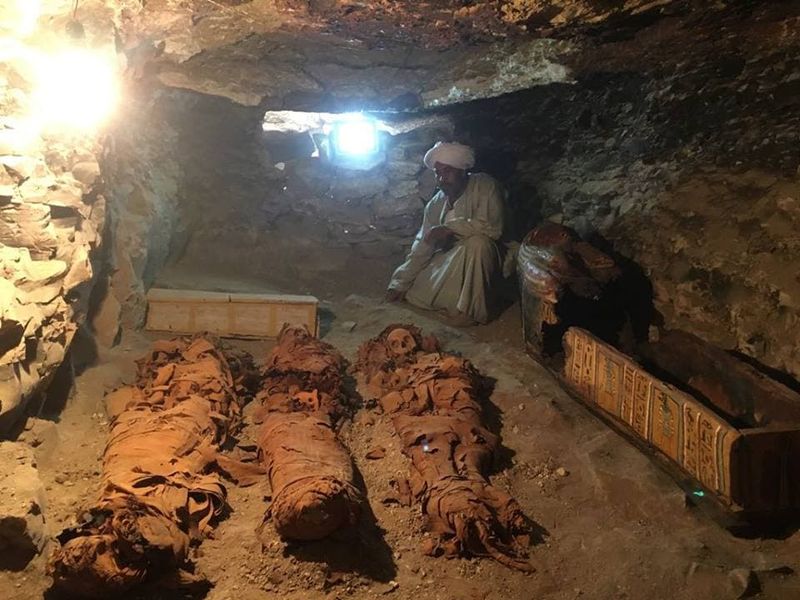
This necropolis wasn’t just used during the New Kingdom. Its tombs span from the Middle Kingdom (circa 2000 BC) to the Coptic period, giving the site a unique chronological depth. Even partially excavated tombs offer glimpses of evolving burial customs through the centuries. This layered history invites visitors to explore the rich tapestry of Egypt’s past. Imagine wandering through time, observing the changes in architecture and art that mark each era. Each tomb tells a different story, a piece of the grand puzzle that is Egypt’s storied legacy, waiting to be pieced together by curious minds.
8. Medinet Habu Ticket Office Access
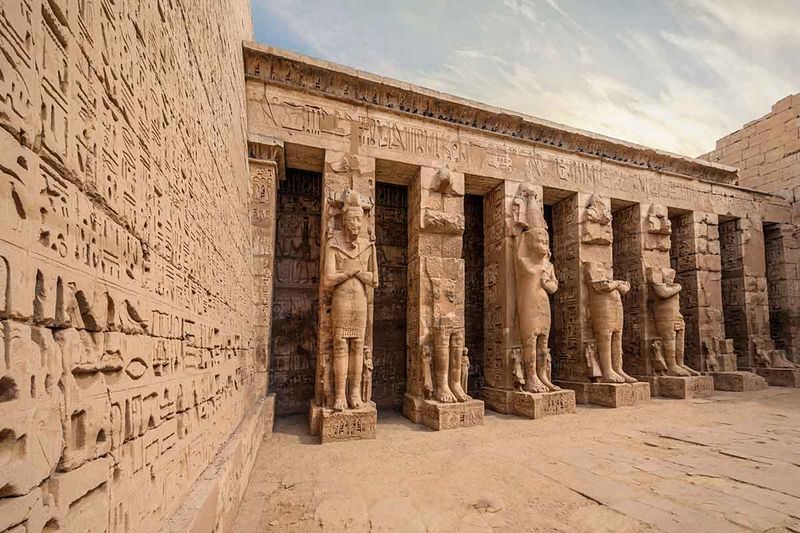
Visiting is simple—buy a ticket at the Medinet Habu ticket office, often bundled with other West Bank attractions. Entry fees are modest, and the site is open most days from 6:00 AM to 5:00 PM. Arriving early helps beat the heat and catch the morning light for photos. The ticket office serves as a gateway to adventure, where each ticket is a passport to the past. It’s a hub of excitement and anticipation as visitors plan their journey into history. Here, the stories of ancient Egypt come alive, inviting exploration and discovery.
9. Guided Tours Add Rich Context
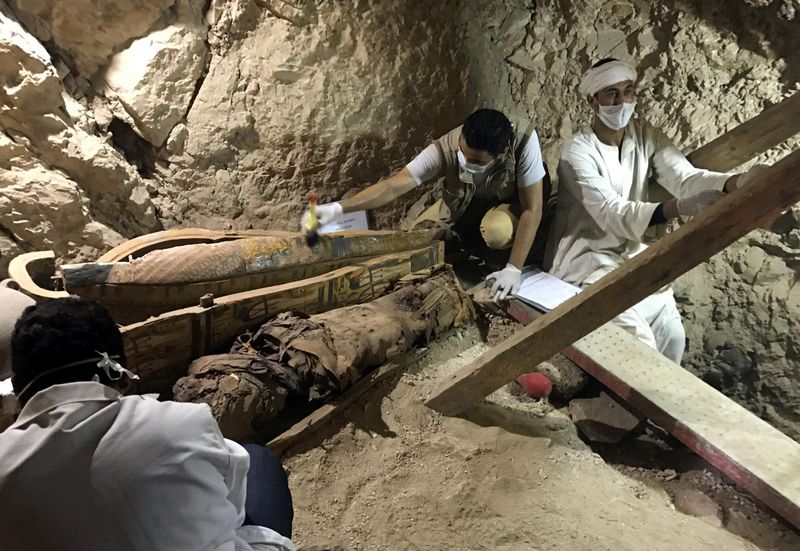
Because signage is minimal, hiring a local guide can unlock the stories behind the walls. Many private guides offer Draʾ Abu el‑Naga as an add-on to tours of Deir el‑Medina, Hatshepsut’s Temple, or the Valley of the Queens—making it easy to integrate into your itinerary. The guides’ expertise breathes life into the ancient stones, enriching the experience with anecdotes and forgotten tales. Walking alongside a guide, history becomes more than just dates and names; it transforms into a vivid narrative, a living tapestry woven through time and space.
10. A Glimpse into the Archaeology in Progress
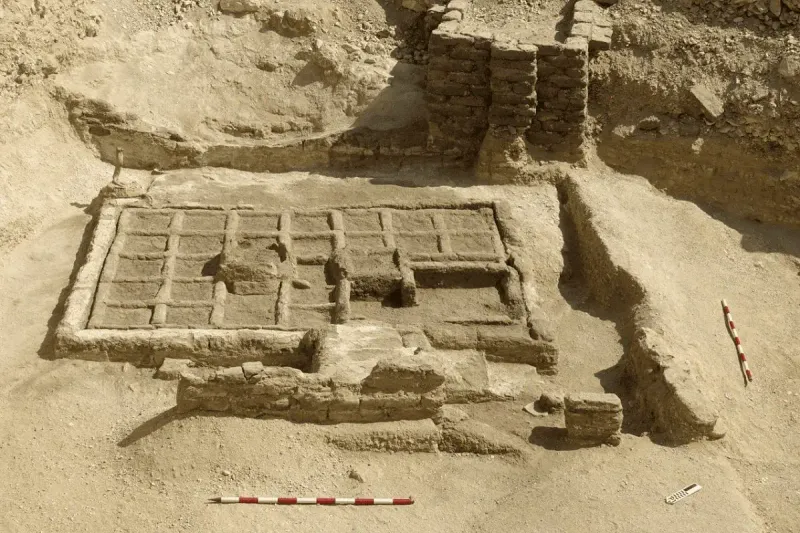
The site is still an active excavation zone, and you may even glimpse archaeologists at work. While some tombs remain closed, their entrances and ongoing digs hint at secrets still hidden beneath the sand—making you feel part of an unfolding mystery. Witnessing archaeology in action is a rare treat, offering a behind-the-scenes look at how history is uncovered. The thrill of discovery hangs in the air, as each artifact unearthed becomes a bridge to ancient times. It’s a dynamic experience, where the sands of time shift to reveal new stories.
11. Walk the Same Desert Paths as the Ancients
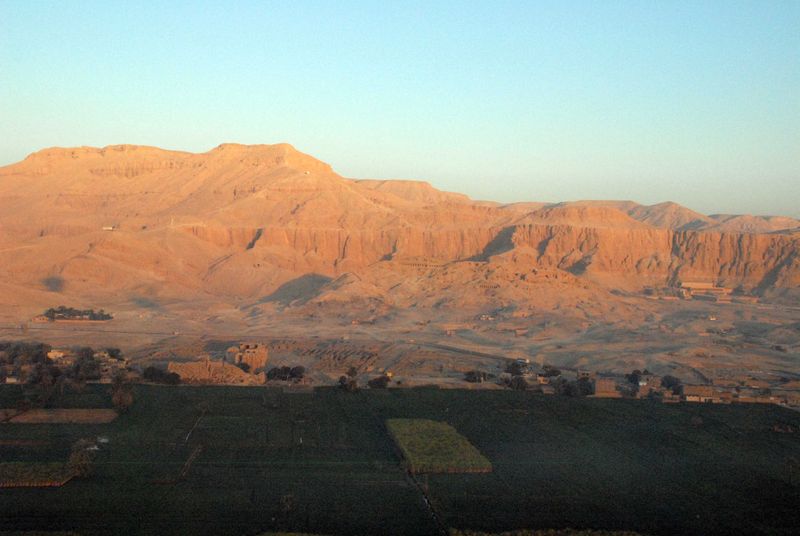
One of the most underrated parts of visiting Draʾ Abu el‑Naga? The setting itself. The necropolis lies along rocky hills with panoramic views across the Nile Valley. You’ll walk sunbaked footpaths where ancient priests, builders, and mourners once passed—and maybe even see shards of pottery or carved stone fragments underfoot. Each step echoes the footsteps of those who came before, connecting past and present in a shared journey through history. The breathtaking vistas and historical significance create an unforgettable experience, where the sands of time whisper tales of an ancient world.

